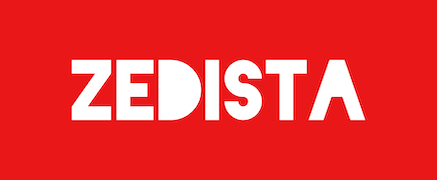Institutions , whether international or domestic, can adopt various organisational structures based on their size, objectives, sector, and the complexity of their operations. Some of the most common types of organisational structures are:
Hierarchical Structure.
This is one of the most common types of organisational structures. It resembles a pyramid , with a CEO or president at the top, followed by upper management , middle management , and then frontline employees .
Flat Structure.
In a flat structure, there are fewer or no levels of middle management between staff and executives. This structure encourages more direct communication and decision-making between staff and executives, and can often lead to quicker decision-making.
From our partners:
Matrix Structure.
In a matrix structure, employees report to two or more managers . For instance, a team could have a functional manager and a project manager. This structure helps to balance the needs of both product and functional departments.
Divisional Structure.
This structure is organised around product lines, markets, or geographical regions . Each division operates relatively autonomously, with its own functional specialists who report to a division head.
Team-Based Structure.
This structure is composed of teams or workgroups . Each team is responsible for a particular task or project, and they work collaboratively to achieve their objectives.
Network Structure.
This structure relies on outsourcing key functions to other organisations and coordinating their activities. It is often used by companies in the digital economy.
Hybrid Structure.
This structure is a mix of two or more types of organisational structures.
When it comes to international institutions , the structures can get more complex due to the involvement of different countries and the need to operate across different legal and cultural environments . They typically have governing bodies composed of representatives from member states, as well as a secretariat or administration to handle day-to-day operations . Examples include the United Nations, World Bank, International Monetary Fund, and World Trade Organization.
In each case, the specific organisational structure chosen will depend on a variety of factors including the institution’s purpose , scope , and resources .
For enquiries, product placements, sponsorships, and collaborations, connect with us at [email protected]. We'd love to hear from you!
Our humans need coffee too! Your support is highly appreciated, thank you!

